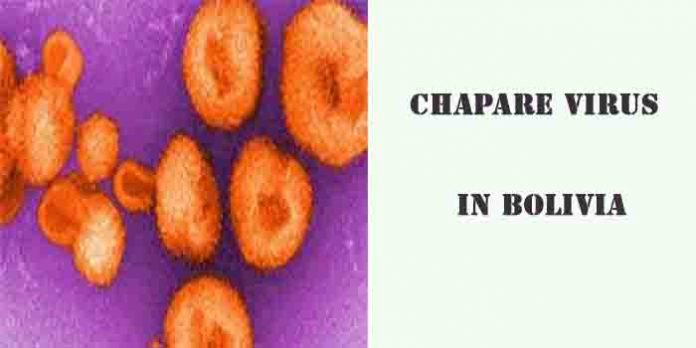Even when countries across the globe are struggling to contain the Covid-19 pandemic, the United States’ Centers for Disease Control and Prevention (CDC) announced on Monday that the deadly virus, which causes haemorrhagic fever like Ebola, can now also be transmitted through human-to-human contact. Scientists confirm rare deadly virus in Bolivia can spread from person to person. The deadly animal virus that causes fevers, abdominal pain, vomiting, bleeding gums, skin rash and pain behind the eyes can now spread between people, the Centers for Disease Control and Prevention (CDC) announced Monday (Nov. 16). The virus first emerged in 2004, in the Chapare province of Bolivia, about 370 miles east of the country’s capital city, La Paz. There was a small cluster of illnesses in that first outbreak, but only a single confirmed case, researchers said in background notes. But in 2019, at least five more people caught the bug, according to research now made public. The virus spread from person to person through bodily fluids in a region near Bolivia’s capital city of La Paz, killing three people. According to experts, there are no active outbreaks of Chapare in 2020, and even in the event of further outbreaks the virus would be unlikely to cause a pandemic.
However, the reasons to be concerned about the news is that three of the five confirmed patients from the 2019 outbreak were health care workers. According to a CDC statement; a young medical resident, an ambulance medic and a gastroenterologist all contracted Chapare after contact with bodily fluids from infected patients while giving first aid and treating the infected patient. Among the three, two of them died. Scientists suspect Chapare virus might have been circulating in Bolivia for years now, but infected patients may have been wrongly diagnosed with dengue, a mosquito-borne viral infection that is common in the region.
Direct contact with bodily fluids is generally necessary to catch a hemorrhagic disease. Hemorrhagic fevers such as Ebola rarely spread as widely as respiratory illnesses like the flu or Covid-19 because hemorrhagic fever symptoms typically appear soon after infections. There is no treatment for Chapare virus, outside of IV fluids and supportive care. But outbreaks can devastate health care systems, with huge numbers of health care workers becoming sick after treating infected patients.






















